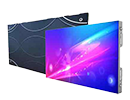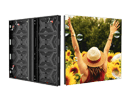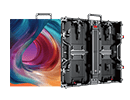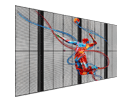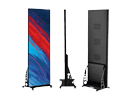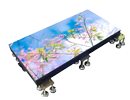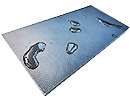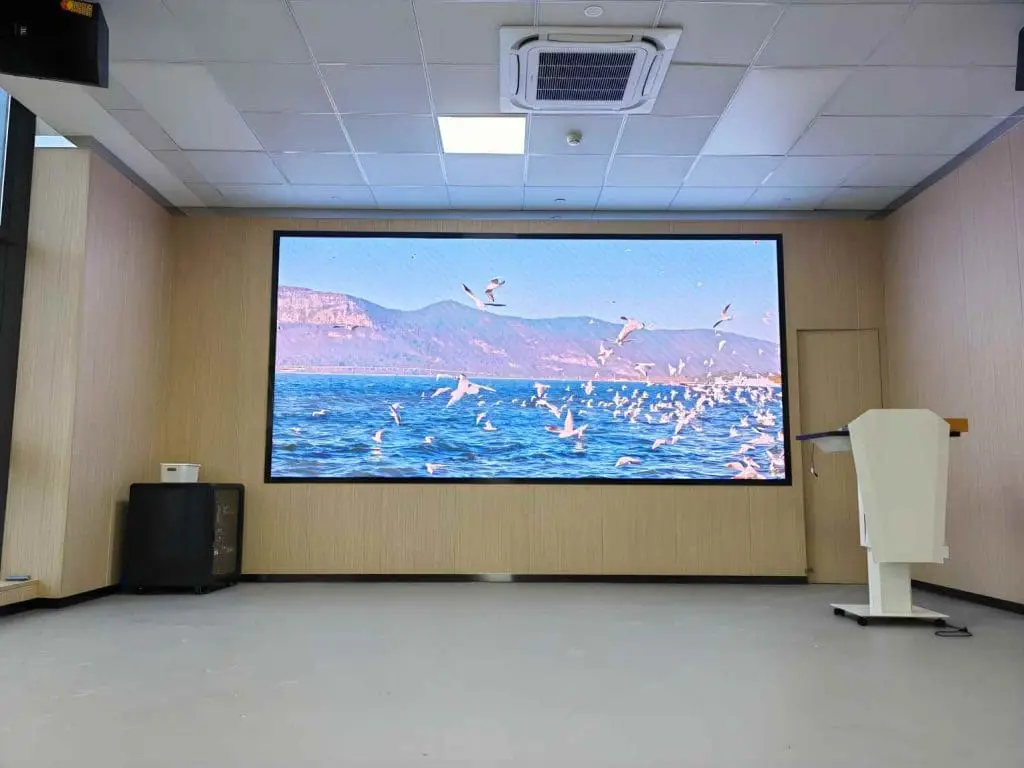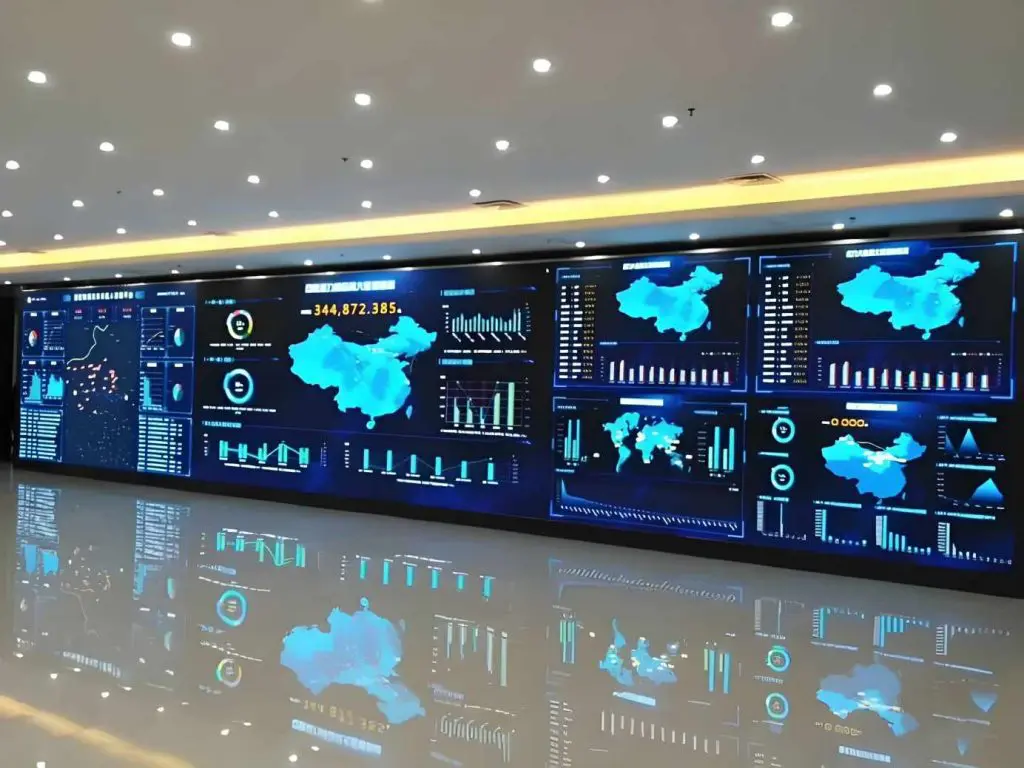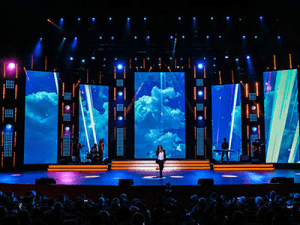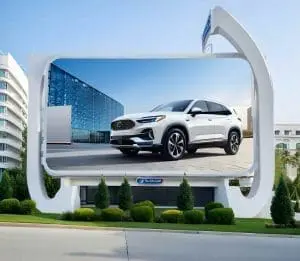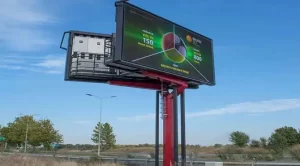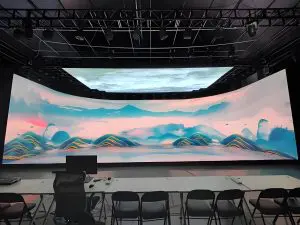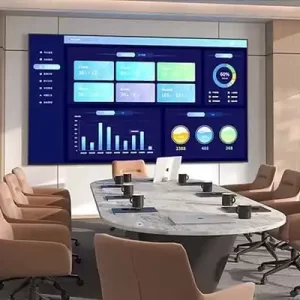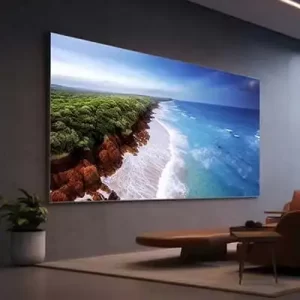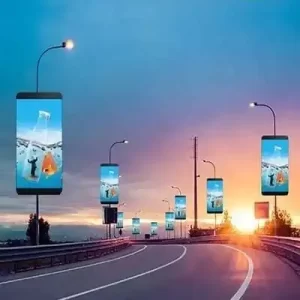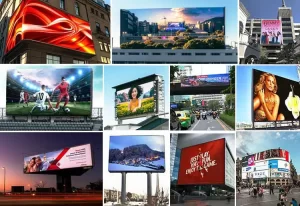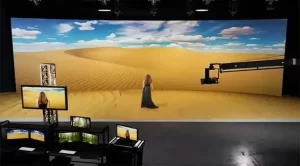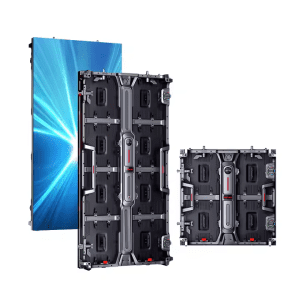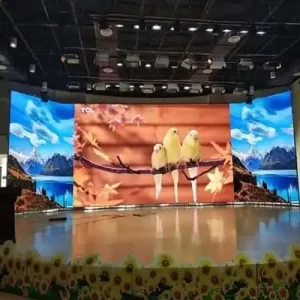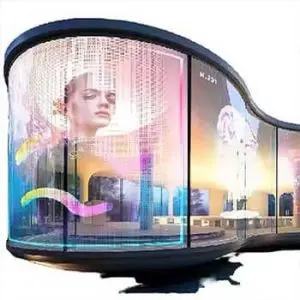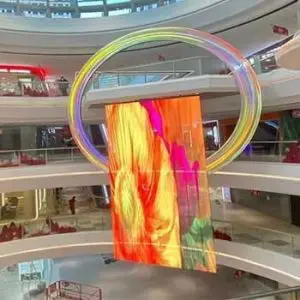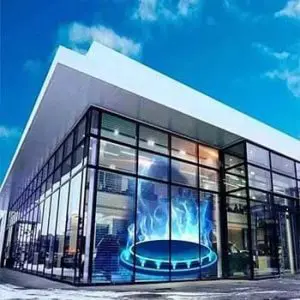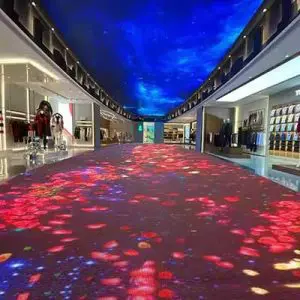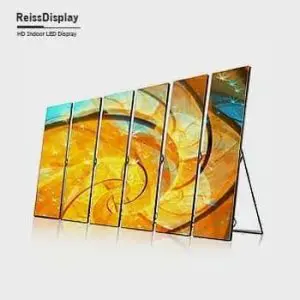A large LED display is a high-impact visual solution designed for advertising, events, public displays, and entertainment. These displays are ideal for indoor and outdoor settings, providing vivid visuals, dynamic content, and exceptional durability. With their modular design, large LED display Screens can be customized to fit almost any size or shape, making them versatile tools for capturing attention and delivering immersive experiences.
This guide explores the features, applications, pricing, and how to select the best large LED display for your needs.
What Is a Large LED Display?
A large LED display is a screen made of light-emitting diode (LED) panels that combine to form a single, seamless display. These displays are commonly used for:
- High-resolution video playback
- Live event broadcasting
- Advertising and marketing
- Public announcements
Their scalability allows them to cover massive areas, from building facades to stadium walls, while maintaining excellent image quality.
Key Features of Large LED Displays
| Feature | Description |
|---|---|
| Customizable Sizes | Modular panels allow for virtually any screen size, from small-scale to massive displays. |
| High Brightness | Ranges from 5,000 to 10,000 nits for outdoor displays, ensuring visibility in sunlight. |
| Dynamic Content | Supports videos, images, animations, and live feeds. |
| Pixel Pitch Options | Available in P1.5 to P10+, offering various resolutions depending on viewing distance. |
| Weatherproof Design | Outdoor displays are IP65-rated, making them waterproof and dustproof. |
| Wide Viewing Angles | Up to 160°–178° horizontal and vertical, ensuring clear visuals from all angles. |
| Energy Efficiency | Modern LED technology reduces power consumption while maintaining brightness and quality. |
| Durability | Lifespan of 50,000–100,000 hours, even in harsh weather conditions. |
| High Refresh Rate | 1,920–3,840 Hz for smooth video playback, even for fast-moving content. |
Types of Large LED Displays
1. Indoor Large LED Displays
- Used in shopping malls, conference halls, airports, and entertainment venues.
- Features smaller pixel pitches (P1.5–P4) for high-resolution visuals at close viewing distances.
2. Outdoor Large LED Displays
- Designed for advertising billboards, stadiums, building facades, and events.
- Features high brightness (5,000–10,000 nits) and weatherproofing (IP65) for durability.
3. Transparent LED Displays
- Used for glass facades or shopfronts where visibility through the screen is required.
- Offers a futuristic look while delivering dynamic content.
4. Curved or Flexible LED Displays
- Ideal for creative designs, such as cylindrical screens, curved walls, or 3D effects.
- Frequently used in architectural projects and events.
5. Rental LED Displays
- Modular and portable, designed for temporary events, such as concerts, trade shows, or exhibitions.
- Easy to assemble and disassemble.
Applications of Large LED Displays
1. Outdoor Advertising
- Used for digital billboards in high-traffic areas like highways, shopping districts, and city centers.
- Supports dynamic advertising campaigns, allowing for multiple rotating ads.
2. Sports Stadiums
- Large LED screens display live feeds, replays, scores, and advertisements during games and events.
3. Concerts and Events
- Used as stage backdrops, audience-facing displays, or immersive visuals during performances.
4. Retail and Malls
- Enhance customer engagement with promotional content, product displays, and interactive ads.
5. Public Information
- Used in transportation hubs, city squares, and government facilities for announcements, alerts, and real-time updates.
6. Architectural Installations
- Integrate large LED displays into building facades or landmarks for creative and dynamic designs.
7. Corporate Events
- Ideal for conferences, product launches, and presentations, providing high-resolution visuals and branding opportunities.
Pixel Pitch for Large LED Displays
The pixel pitch affects the resolution and clarity of the display. Choose the right pixel pitch based on the viewing distance:
| Pixel Pitch | Viewing Distance | Best Use Case |
|---|---|---|
| P1.5–P2.5 | 1.5–10 meters | High-resolution indoor displays (malls, corporate). |
| P3–P5 | 3–20 meters | Medium-sized indoor/outdoor screens. |
| P6–P10+ | 6–100+ meters | Large outdoor billboards, stadiums, and events. |
Benefits of Large LED Displays
1. Exceptional Visibility
- High brightness ensures visibility in all lighting conditions, including direct sunlight.
2. Dynamic and Engaging
- Display videos, animations, and real-time updates to capture audience attention.
3. Long-Term Cost Efficiency
- Durable and energy-efficient, large LED displays provide a high ROI over their lifespan.
4. Scalability
- Modular panels allow for custom sizes and shapes, making them suitable for any location.
5. Weatherproof and Reliable
- Outdoor displays are built to withstand rain, dust, heat, and cold weather.
6. Easy Maintenance
- Modular design allows for quick repairs and easy component replacement.
Cost of Large LED Displays
The price of a large LED display depends on size, pixel pitch, brightness, and features. Here’s a general price guide:
| Screen Size | Pixel Pitch | Brightness | Price Range (USD) | Best Use Case |
|---|---|---|---|---|
| 5m x 3m (15 m²) | P3–P5 | 5,000–7,000 nits | $10,000–$40,000 | Medium-sized indoor/outdoor displays. |
| 10m x 5m (50 m²) | P6–P8 | 6,000–10,000 nits | $20,000–$100,000 | Outdoor advertising, events, and stadiums. |
| 20m x 10m (200 m²) | P8–P10 | 6,000–10,000 nits | $200,000+ | Large stadiums, building facades, or billboards. |
Additional Costs to Consider
- Installation
- Cost: $5,000–$50,000 depending on screen size and complexity.
- Includes mounting structures, electrical wiring, and weatherproofing.
- Content Management System (CMS)
- Cost: $1,000–$10,000 for software to manage and schedule content remotely.
- Maintenance
- Annual Cost: 5–10% of the screen price for cleaning, inspections, and repairs.
- Power Consumption
- Operational costs depend on screen size, brightness, and daily usage hours.
How to Choose the Right Large LED Display
1. Define Your Goals
- Is it for advertising, live events, public announcements, or branding?
- Determine the content type you’ll display (e.g., videos, images, live feeds).
2. Select the Right Pixel Pitch
- Choose P1.5–P2.5 for close viewing, P3–P5 for medium distances, and P6–P10+ for far distances.
3. Consider Brightness Levels
- Ensure 5,000+ nits for outdoor displays and 1,000–2,000 nits for indoor setups.
4. Plan for Weatherproofing
- Verify an IP65 rating for outdoor durability.
5. Choose the Right Size
- Select a screen size that fits your space and audience viewing needs.
6. Budget for Maintenance
- Plan for regular cleaning and inspections to ensure long-term performance.

